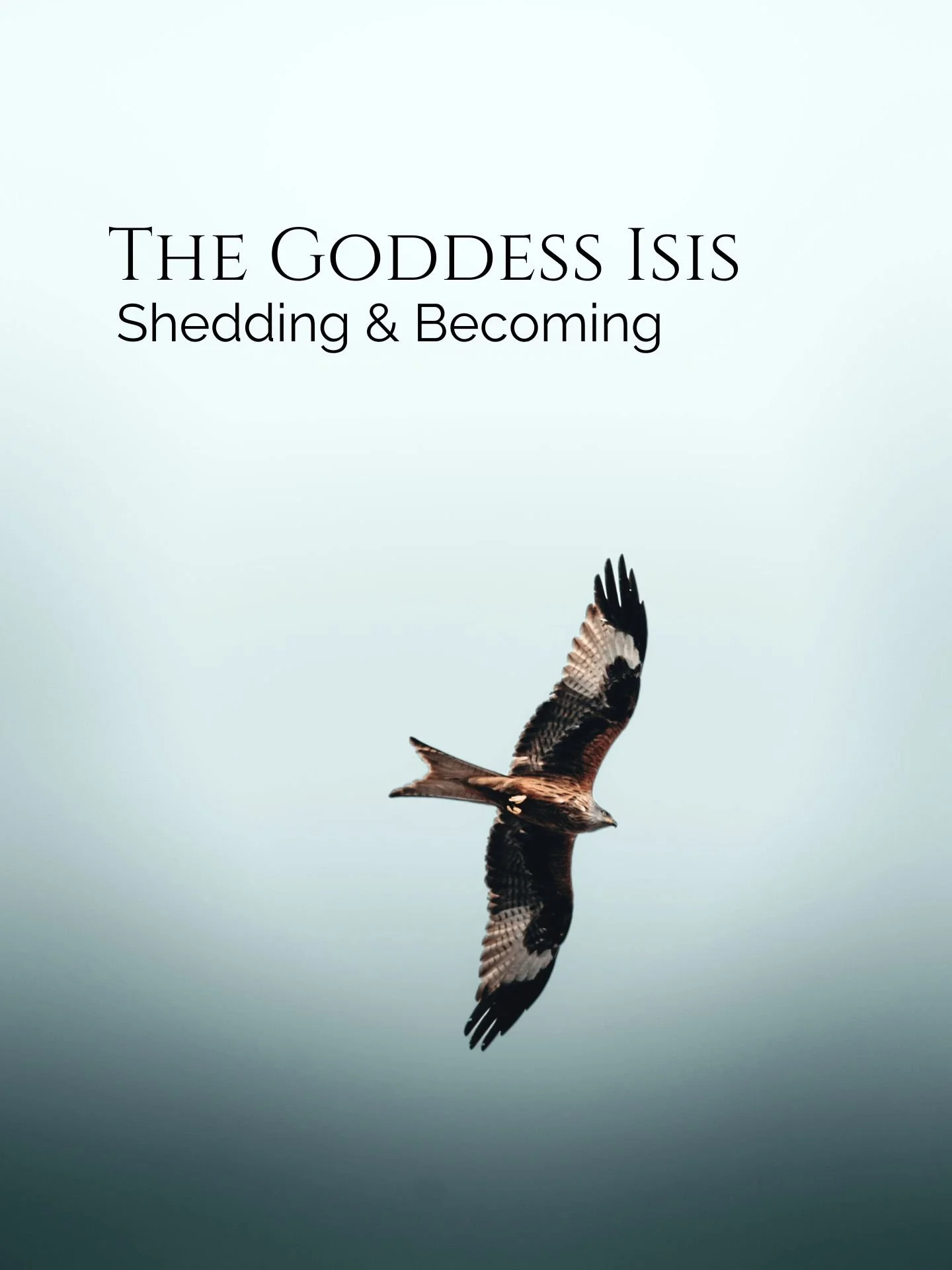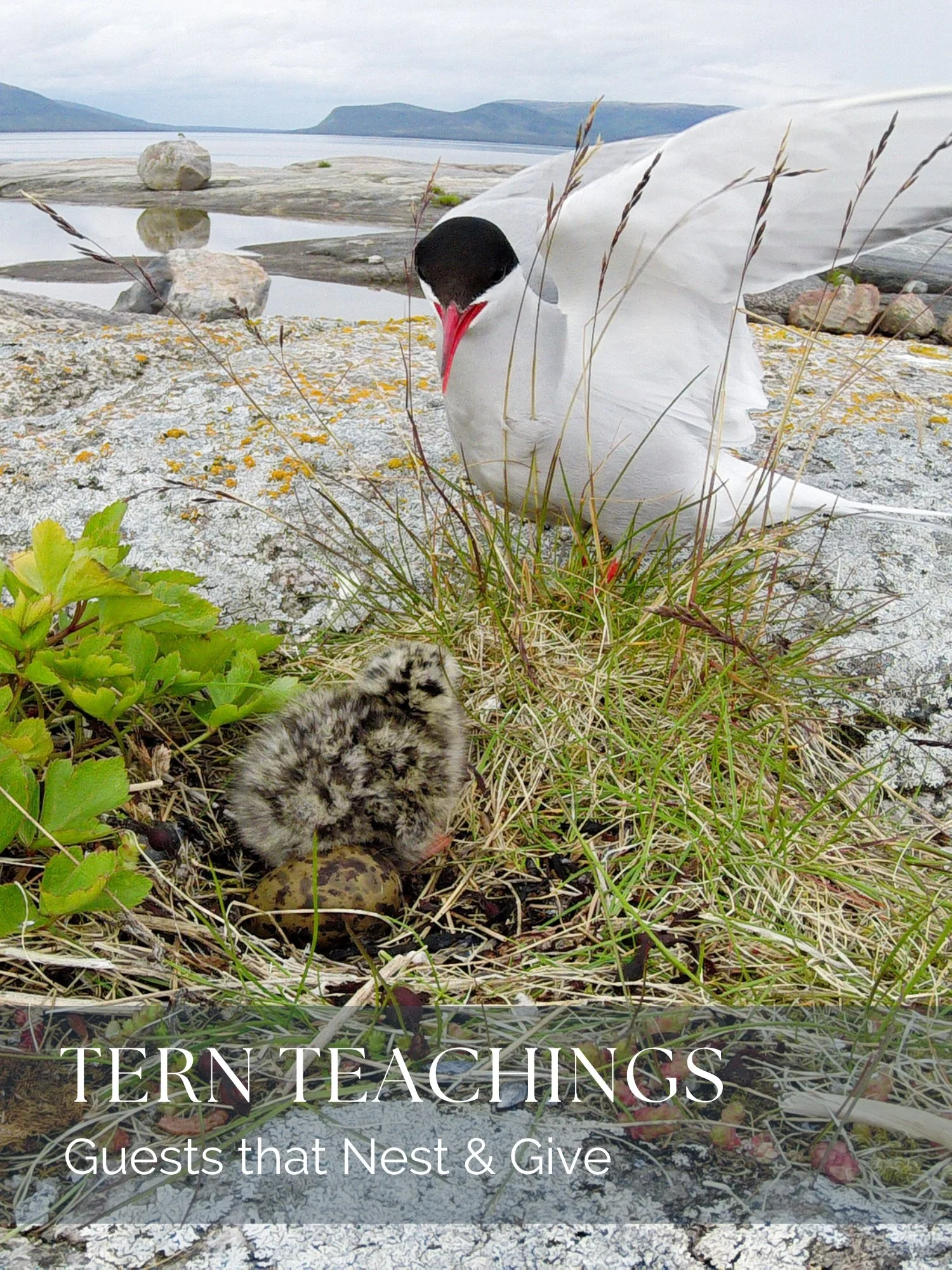The Morrígan is an Irish Celtic goddess of war and peace, destruction and fertility, joy and terror, a demonic female who both heals and protects while at the same time haunts as an omen of death. She is a captivating symbol of contradiction, filled with magic and prophecy.
She was a shapeshifter and would appear in the form of a beautiful maiden, a fierce warrior-queen, an old crone, or a raven. She is the moon’s three phases: maiden, nymph and crone; the new moon, waxing moon and full moon. The Mórrigan may well be the origin of the Banshee, a female fairy that figures in later Irish and Scottish mythology. The banshee foretells death in a household by letting out a loud plaintive wail and, though she is rarely seen in physical form, when she is, she is an old woman with long white hair.
The name “Morrígan” appears in both Old Irish (Morrígan) and Middle Irish (Mórrígan). In the Middle Irish period the name was frequently spelled as Mór (with an accent over the “o”), which means “great.” The second part of her name, rígan, means “queen” and is a cognate of the Latin regina.
Carl Jung would often talk about the tension of opposites in his writings on the psyche, and asserted that people today have a tendency to think in dualistic terms. It is easy to become divided in thinking around all kinds of issues: religion, politics, national borders and identity, personal opinions. All of these have become fertile ground for the rise of fundamentalism and the need to seek the security of black and white ideas. Today we can easily feel uncomfortable occupying the liminal spaces in between, or when ambiguity is presented to us it can be challenging to hold the tension of opposites.
This is unlike the ancient times when The Mórrigan, with her capacity to bridge polar opposites, reigned in the collective psyche. She was revered as a Great Queen and with this her capacity to hold the tension of opposites in one coherent identity. Jung says, “The greater the contrast the greater the potential. Great energy only comes from a correspondingly great tension of opposites”. Hopefully, we may learn to stand in a place of equilibrium where we are able to include and understand both points of view and in doing so, we expand our sense both of ourselves and open ourselves up to the underlying unity of life.
In this watercolor painting I have focused on black feathers and white hair, symbols of contrast to reflect the tension of opposites.
The Hindu goddess Kali, has some resemblances to The Mórrigan. Kali is usually associated with a battlefield or cremation ground and is sometimes depicted riding a crow. Similar to the Mórrigan, Kali is a goddess of opposites. Though she is associated with death, violence and change, Kali is also a divine protector, the ultimate manifestation of Shakti (divine power) and the Mother of all living beings. Kali destroys evil in order to protect the innocent, and through she is associated with endings, she is the one who bestows moksha or liberation and is also the Goddess of beginnings. Kali, in Sanskrit, means “She Who Is Black” or “She Who Is Death”. She cannot be easily fitted into a typical dualistic narrative of good verses evil, and in fact, Kali like The Morrigan, transcends both.
When goddess archetypes like The Morrigan and Kali are activated, they energize us and embolden us to continue our pursuit of wholeness in the midst of so much division and polarity. They invite us to consider holding the tension of opposites during this challenging time of climate crisis, and help us to envision a different relationship to the wild. Oftentimes we don’t think of hope and despair as intertwined, we like to keep our categories separate. However, Rebecca Solnit, writer, historian and activist, says in her book Hope in the Dark: Untold Histories, Wild Possibilities, that we live “in an extraordinary time full of vital, transformative movements that could not be foreseen. It’s also a nightmarish time. Full engagement requires the ability to perceive both”. Mature hope involves a willingness to allow that brokenness and beauty sometimes intertwine accounting for “complexities and uncertainties, with openings”. As Carl Jung often said, our goal is wholeness not perfection. It is not about reaching to attain a perfect world without pain, catastrophe or wounding (can there ever be a perfect world filled with perfect people?). Its more about a path to wholeness, integrating all the inevitable pains, defects, woundings inherent in any human world into the human story.







Singebis is an ancient Ojibwe winter folktale about a beloved folk hero and wild grebe whose perseverance, courage, resilience, and loyalty in the face of Kabibona'kan, Winter Maker, shows us we can do the same in the face of adversity. This story asks us to reflect on what kinds of Kabibona'kans do we face in our lives today that threaten to divide us from others who might be our friends? This folktale reminds us we all have the capacity to tap into our inner Singebis, find our inner trickster, and remind ourselves that even a little wild bird can outsmart the Winter Maker!